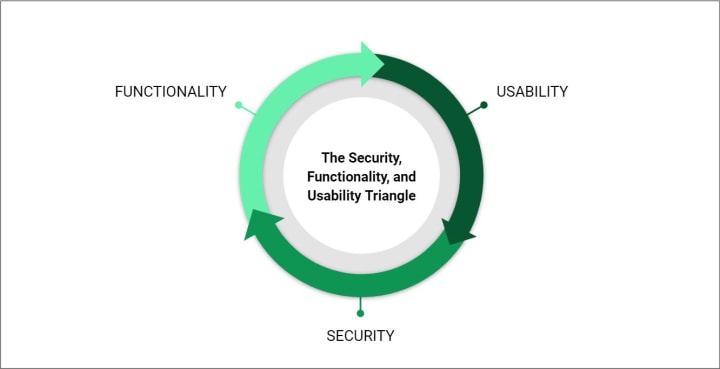
What is Hacking
Hacker is the one who is smart enough to steal the information such as business data, personal data, financial information, credit card information, username and password from the system he is unauthorized to get this information by taking unauthorized control over that system using different tools and techniques.
This vulnerability or weakness can be used by the hacker to commit crime or to take advantages of remote machine.
What is Information Security
Information Security is that the practice of protecting information from unauthorized access, usage, disclosure, disruption, modification, inspection, copying or destruction.
Information can be defined as the "Processed Data" which contains some meaningful message.
Information does not depend on language; it can be a chain of symbols, mental stimuli of living beings.
The meaning of information depends on time, place and situation. As per the time and situation information may vary.
Information security techniques can be defined as the ways and means used to secure our personal or private information from being hacked or misused.
Is Hacking Legal or Illegal ?
Hackers are the professionals who work on the technology, explore it and take it to the next level.
Its legal or not - depends upon the work mentality and the motive of the individual who works on that technology.
(NOTE: Technology is never illegal, the person who works on that technology decides
whether the work is legal or not ).
Types Of Hackers
White Hat Hacker:
Those hackers are Good guys.
They Don't use their skills for illegal purpose.
Computer security experts and help to protect from Black Hats.
Black Hat Hacker:
Bad guys.
Use their skill maliciously for personal gain.
Hack banks, steal credit cards and deface websites.
Grey Hat Hacker:
Those hackers are have skills of white hat and black hat hackers.
Hacker Classes
Suicide Hackers:
Hackers who aim to bring down critical infrastructure of a network for a cause and they are not worried about facing jail and any other kind of punishment also.
Script Kiddies:
An hacker who compromises system by running scripts, tools, and softwares which are developed by real hackers.
Cyber Terrorists:
Individual with wide range of skills, Motivated by religious or political beliefs to create fear by large scale disruption
State Sponsored Hackers:
hackers working under govt. agencies to penetrate and gain top secret information.
Hacktivist:
Individual who promote a political agenda by hacking, especially by defacing or disabling websites
Essential Terminology
Hack Value:
It is the notion among hackers hacker's that something is worth doing
Vulnerability:
Existence of a weakness, design, implementation errors that can lead to an unexpected
event compromising the security of the system
Payload:
Payload is a part of an exploit code that performs malicious action, such as destroying,
creating backdoors, and hijacking computer
Exploit:
Breaking in to IT system security through vulnerabilities
Zero-Day Attacks:
An Attack that exploits computer applications vulnerabilities before the software developer releases patch for the vulnerability
Daisy Chaining:
It involves gaining access to one network/computer and then using same information to gain access to multiple networks and computers that contain desirable information
Doxing:
Publishing personally identified information about an individual collected from publicly available databases and social media
Bot:
A "Bot" is software application that can be controlled remotely to execute or automate predefined tasks
Phases of Hacking
Foot printing
↓
Scanning
↓
Gaining Access
↓
Maintaining Access
↓
Escalating Privilege, Covering Tracks and Creating Backdoors
↓
Clearing Tracks
Security, Functionality, Usability Triangle

- Level of security in any system are often defined by the strength of three components.
- These 3 components are known as Security, Functionality, Usability Triangle.
- Consider a ball in this below picture, if the ball is centered. It means all three components are stronger, on the other hand. If ball is closer to security, it means the system is consuming more resources for security and have and performance of the system and usability requires attention.
About the Creator
Enjoyed the story? Support the Creator.
Subscribe for free to receive all their stories in your feed. You could also pledge your support or give them a one-off tip, letting them know you appreciate their work.





Comments
There are no comments for this story
Be the first to respond and start the conversation.